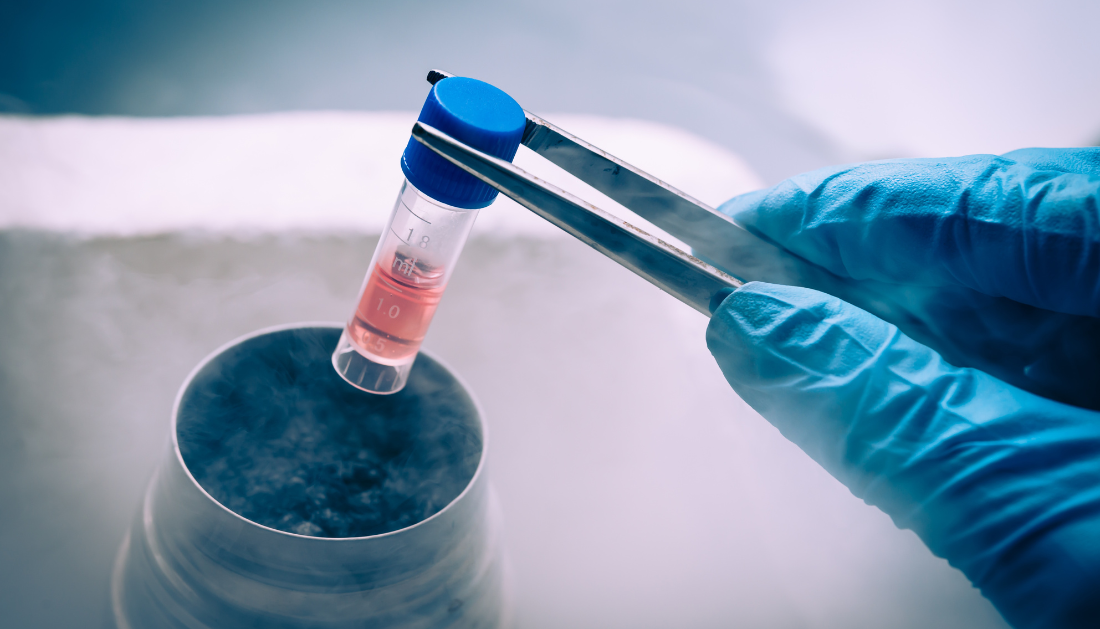

A groundbreaking stem cell therapy known as cultivated autologous limbal epithelial cells (CALEC) has shown promising results in a clinical trial for patients with corneal injuries previously considered untreatable. The study, led by Mass Eye and Ear and published in Nature Communications, found that 92% of treated patients experienced complete or partial success in restoring their corneal surface.
How CALEC Works
The cornea, the transparent outer layer of the eye, is essential for vision. When damaged by chemical burns, infections, or trauma, its regenerative limbal epithelial stem cells may be depleted, preventing standard corneal transplants from working.
CALEC therapy involves:
- Extracting limbal stem cells from a patient’s healthy eye via biopsy.
- Expanding these cells into a graft using a specialized cell culture process over 2–3 weeks.
- Transplanting the graft onto the damaged eye to restore corneal function.
The study followed 14 patients for 18 months, assessing safety and effectiveness.
Key Findings of the Trial
- 50% of patients achieved full corneal restoration within three months.
- 79% and 77% of patients had complete success at 12 and 18 months, respectively.
- Including partial recoveries, overall success rates were 93% and 92% at 12 and 18 months.
- Visual improvements were noted in all participants.
- The treatment had a strong safety profile, with no serious adverse events.
One patient developed a mild bacterial infection due to contact lens use, but it was successfully treated.
Future of CALEC Therapy
While CALEC is not yet widely available, the researchers plan larger clinical trials to seek FDA approval.
Dr. Ula Jurkunas, the study’s lead investigator, emphasized,
“This research represents nearly two decades of work and offers new hope to patients who previously had no treatment options.”
In the future, scientists aim to develop an allogeneic (donor-derived) version of CALEC, which could treat patients with damage in both eyes using cadaveric donor tissue.
Implications for Regenerative Medicine
The success of CALEC therapy highlights the potential of stem cell treatments in regenerative medicine. The Mass General Brigham Gene and Cell Therapy Institute continues to explore novel cell-based treatments for conditions once deemed irreversible.
With further research and regulatory approval, CALEC could revolutionize ophthalmology, offering life-changing vision restoration for patients with severe corneal damage.
More Information: Jurkunas, U et al. Cultivated autologous limbal epithelial cell (CALEC) transplantation for limbal tem cell deficiency: a phase I/II clinical trial of the first xenobiotic-free, serum-free, antibiotic-free manufacturing protocol developed in the US, Nature Communications (2025). DOI: 10.1038/s41467-025-56461-1
more recommended stories
 Circadian Control of Neutrophils in Myocardial Infarction
Circadian Control of Neutrophils in Myocardial InfarctionKey Takeaways for HCPs Neutrophil activity.
 E-Cigarette Use and Heart Attack Risk in Former Smokers
E-Cigarette Use and Heart Attack Risk in Former SmokersKey Takeaways for Clinicians and Nurses.
 36-Week Pre-eclampsia Screening May Reduce Term Risk
36-Week Pre-eclampsia Screening May Reduce Term RiskA New Preventive Strategy for Term.
 Cardiovascular Risk and Sudden Cardiac Death in Diabetes
Cardiovascular Risk and Sudden Cardiac Death in DiabetesRising Sudden Cardiac Death (SCD) Risk.
 Poor Kidney Function and Alzheimer’s Biomarkers Explained
Poor Kidney Function and Alzheimer’s Biomarkers ExplainedPoor kidney function may influence levels.
 Walking Speed Before Hip Replacement Predicts Recovery
Walking Speed Before Hip Replacement Predicts RecoveryNew Evidence Points to a Simple,.
 Neuroblastoma Drug Combo Extends Survival in Models
Neuroblastoma Drug Combo Extends Survival in ModelsA Promising Shift in High-Risk Neuroblastoma.
 Safer Allogeneic Stem Cell Transplants with Treg Therapy
Safer Allogeneic Stem Cell Transplants with Treg TherapyA new preclinical study from the.
 How Soybean Oil Impacts Weight Gain and Metabolism
How Soybean Oil Impacts Weight Gain and MetabolismWhy Soybean Oil May Affect Metabolism.
 Coffee and Cognitive Function: Evidence Review
Coffee and Cognitive Function: Evidence ReviewA new narrative review in Cureus.

Leave a Comment